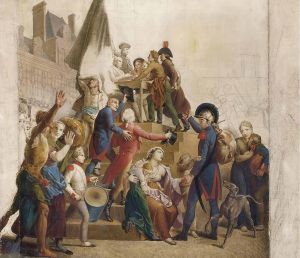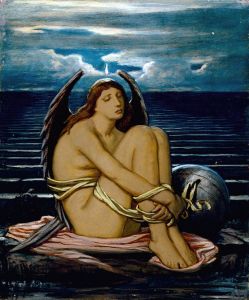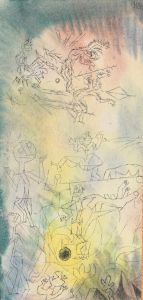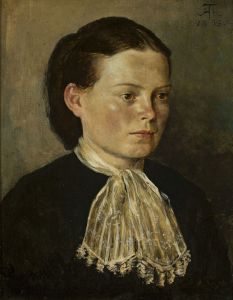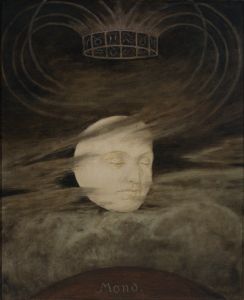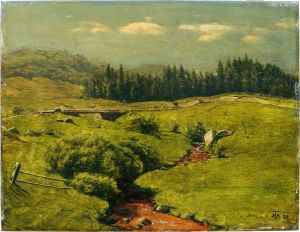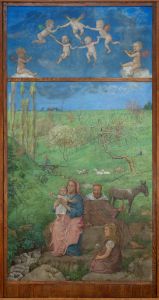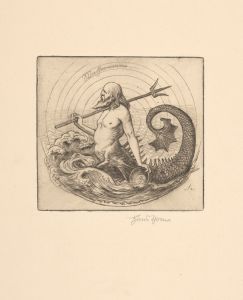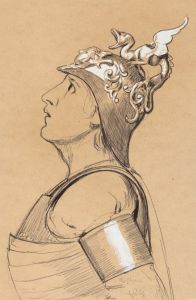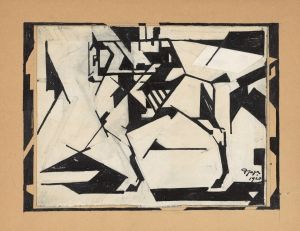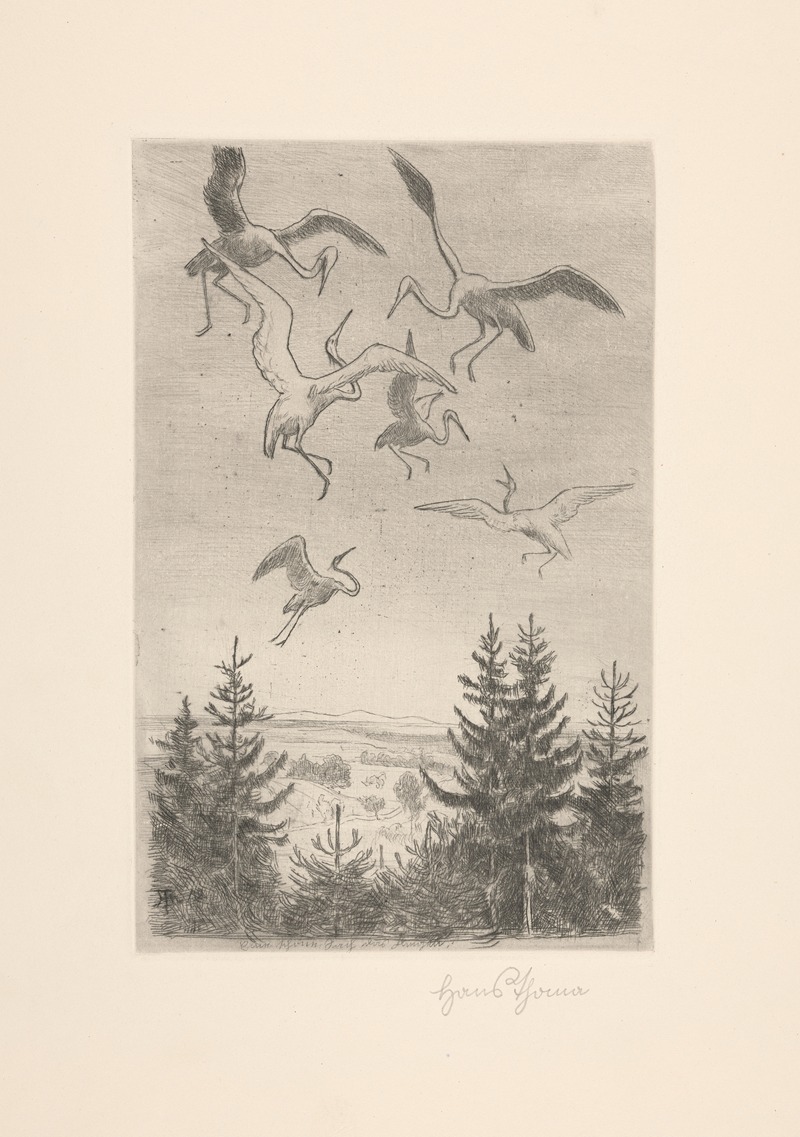
Wonne des fliegens II
A hand-painted replica of Hans Thoma’s masterpiece Wonne des fliegens II, meticulously crafted by professional artists to capture the true essence of the original. Each piece is created with museum-quality canvas and rare mineral pigments, carefully painted by experienced artists with delicate brushstrokes and rich, layered colors to perfectly recreate the texture of the original artwork. Unlike machine-printed reproductions, this hand-painted version brings the painting to life, infused with the artist’s emotions and skill in every stroke. Whether for personal collection or home decoration, it instantly elevates the artistic atmosphere of any space.
Hans Thoma was a German painter born on October 2, 1839, in Bernau, in the Black Forest region of Germany. He is known for his landscapes, portraits, and mythological themes, often infused with a sense of romanticism and symbolism. Thoma's work is characterized by its detailed realism and vibrant use of color, reflecting his deep appreciation for nature and the human form.
"Wonne des Fliegens II" is one of Thoma's works, although specific details about this particular painting are scarce. Thoma's oeuvre often explored themes of nature and mythology, and he was known for his ability to blend the fantastical with the real. His paintings frequently depicted idyllic scenes that combined elements of the natural world with human figures, often in a harmonious and serene manner.
Thoma studied at the Karlsruhe Academy of Fine Arts and later moved to Munich, where he was influenced by the works of the Old Masters and contemporary artists. His style evolved over time, incorporating elements of realism and symbolism, which became a hallmark of his work. Thoma's paintings often reflect his deep connection to the landscapes of his native Black Forest, and he frequently drew inspiration from German folklore and mythology.
Throughout his career, Thoma gained recognition and acclaim for his unique artistic vision. He became associated with the Munich Secession, a group of artists who sought to break away from traditional academic art and explore new artistic expressions. Thoma's work was celebrated for its technical skill and imaginative compositions, earning him a prominent place in the German art scene of the late 19th and early 20th centuries.
In addition to his paintings, Thoma also worked as a printmaker and illustrator. His illustrations often accompanied literary works, further showcasing his ability to blend narrative and visual art. Thoma's contributions to the art world were recognized during his lifetime, and he received numerous awards and honors for his work.
Despite the lack of specific information about "Wonne des Fliegens II," it can be inferred that the painting likely embodies Thoma's characteristic style, with its emphasis on nature, mythology, and the human experience. His works continue to be appreciated for their beauty, technical mastery, and the way they capture the essence of the German landscape and cultural heritage.
Hans Thoma passed away on November 7, 1924, in Karlsruhe, Germany. His legacy endures through his extensive body of work, which continues to be studied and admired by art enthusiasts and scholars alike. His paintings are held in various collections and museums, where they continue to inspire and captivate audiences with their timeless beauty and evocative themes.





